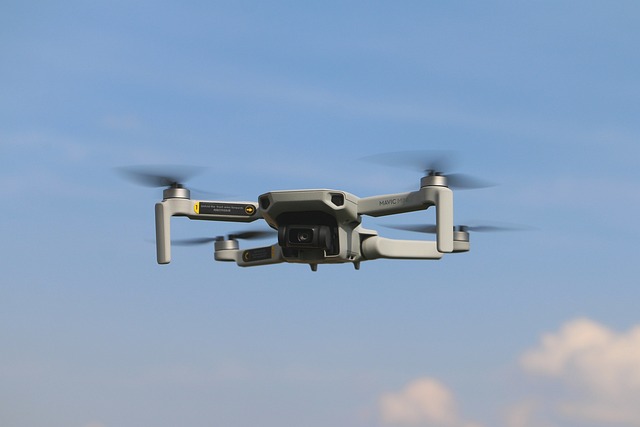Airborne security patrols using drones and aircraft with advanced sensors provide real-time data, enhancing traditional ground security by identifying threats missed from ground level, filling gaps in coverage, and enabling proactive threat neutralization through integrated aerial and ground systems.
The integration of aerial data with ground security systems is transforming traditional surveillance methods. Unlocking vast potential, aerial data offers unprecedented insights for enhancing security measures. This article delves into the synergistic relationship between airborne and ground-based systems, exploring how combining these technologies strengthens surveillance capabilities. By navigating challenges such as data management and compatibility, organizations can streamline security operations, including efficient airborne security patrols, leading to more robust and proactive protection.
Unlocking Potential: Aerial Data's Role in Security
Aerial data, captured from advanced sensors on drones and aircraft, holds immense potential in transforming ground security systems. By integrating this technology with existing infrastructure, security professionals can gain unprecedented insights into their patrol areas. High-resolution imagery, coupled with multispectral and thermal sensing capabilities, enables a comprehensive view that goes beyond visible light. This data can be pivotal in identifying suspicious activities, detecting environmental changes, or monitoring hard-to-reach areas that traditional ground patrols might overlook.
For instance, airborne security patrols utilizing aerial data can quickly identify unusual patterns or anomalies on the ground. These could range from unauthorized access points to potential hazards like illegal deforestation or land use changes. With real-time analysis and immediate alerts, security teams can respond swiftly, enhancing their operational efficiency and proactive capabilities.
Integrating Perspectives: Ground and Airborne Systems
The integration of aerial data with ground security systems offers a holistic approach to enhancing overall safety and surveillance capabilities. Both airborne security patrols and on-the-ground monitoring play pivotal roles in modern security management. By seamlessly merging these perspectives, security professionals gain a comprehensive view of any given area.
Airborne assets, equipped with advanced sensors and cameras, provide real-time data from elevated positions, capturing details that might be missed from the ground. This aerial perspective aids in identifying potential threats or anomalies, allowing for swift response actions. Simultaneously, ground-based systems complement this effort by offering detailed local knowledge and continuous monitoring of specific areas. The fusion of these complementary systems creates a robust security network capable of detecting, assessing, and mitigating risks effectively.
Enhancing Surveillance: Combining Technologies
The integration of aerial data with ground security systems represents a significant leap forward in enhancing surveillance capabilities. By combining advanced technologies like airborne security patrols with existing ground-based security measures, organizations can achieve comprehensive coverage and improved response times. Airborne security patrols, equipped with high-resolution cameras, thermal imaging, and radar systems, provide a bird’s-eye view of large areas, detecting potential threats that might go unnoticed from the ground.
This fusion of technologies offers multiple benefits. It allows for real-time monitoring of vast territories, enabling rapid identification and neutralization of risks. Moreover, aerial data can fill critical gaps in ground security systems by offering elevated perspectives that help in understanding complex environments. This synergistic approach not only strengthens overall security but also ensures a proactive rather than reactive posture, making it an invaluable asset for safeguarding sensitive locations.
Streamlining Security: Challenges and Solutions
The integration of aerial data with ground security systems presents both opportunities and challenges. One of the primary hurdles is seamlessly streamlining security operations, ensuring efficient coverage while addressing complex spatial dynamics. Existing security patrols, often reliant on foot or vehicle surveillance, face limitations in terms of scope and speed, especially in vast or geographically diverse areas.
Airborne security patrols, powered by drones or aircraft equipped with advanced sensors, offer a promising solution. By leveraging aerial data in real-time, ground security teams can proactively identify potential threats, optimize patrol routes, and respond to incidents more swiftly. This integration challenges traditional security paradigms but also paves the way for enhanced situational awareness and more proactive protection strategies.
The integration of aerial data with ground security systems presents a transformative approach to enhancing overall safety and security. By combining the unique perspectives offered by both airborne and terrestrial technologies, we can achieve a more comprehensive view of potential threats. This symbiotic relationship between aerial data and ground security patrols unlocks new possibilities for proactive surveillance, efficient incident response, and streamlined operational management. As these systems continue to evolve, their integration will become increasingly vital in securing our communities, infrastructure, and public spaces.
